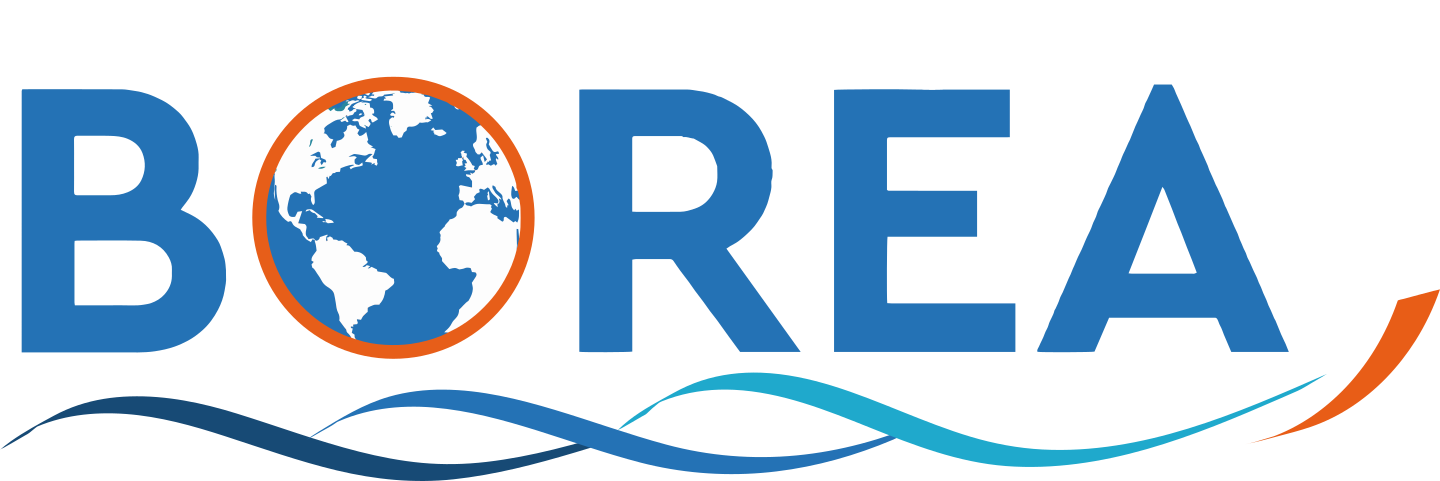Our team is interested in regulations at the level of the organism, their molecular mechanisms and their role in the control, evolution and adaptation of biological life cycles. Our goal is to understand the evolution of these regulations. We use multiple approaches dealing with different organizational and temporal levels: neuroendocrine regulations in so-called “non-conventional model species”, cellular and integrative physiology of the regulatory systems, development and phylogeny of regulatory systems.
In addition to this evolutionary point of view, we also integrate as far as possible ecological and ecophysiological data relative to the life cycle of these species (eco-evo-devo / eco-evo-endocrino approaches). Such an integrated approach allows a better understanding of past biological systems and their evolution on one hand, and hopefully comes to better predictions in terms of adaptive abilities of these biological systems on the other hand.
The “non conventional” biological models we use (molluscs: oyster, cuttlefish; non-mammalian vertebrates: migratory teleost and chondrichthyan) are chosen for their phylogenetic, ecological and/or socio-economical interest.
Our approach aims at an integrated comprehension of biological functions, in their ecological context and under the light of their historical contingency.
Our main research axes are
- Neuro-hormonal control of reproduction and other key steps of biological cycles (growth, metamorphosis, migrations)
Depending on the models and the current knowledge, we are interested in
- the characterization / deorphanisation of receptors
- the characterization of the neuroendocrine pathways controlling the biological cycle
- the evolution of these neuroendocrine pathways by genomic and phylogenetic approaches.
- Development and evolution of the systems allowing the perception and analysis of ecological inputs (light, temperature, salinity, gas content), especially of the cellular and molecular actors implicated in neuronal circuitry responsible for this perception.
- Adaptive and evolutive consequences of the plasticity of these biological control systems, particularly in response to induced environmental changes (including global warming)

